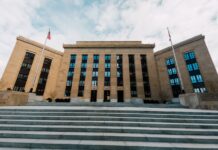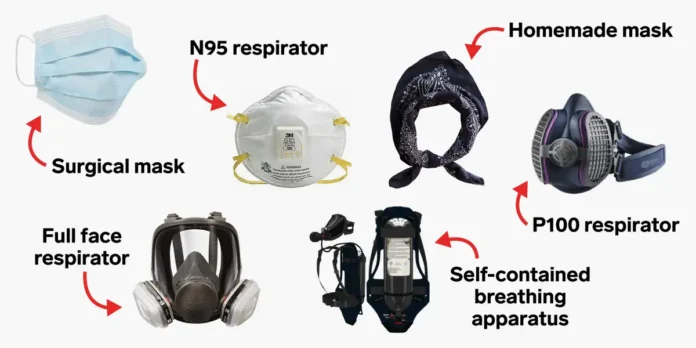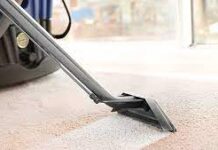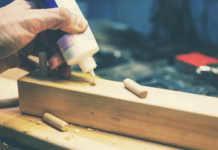Wearing a mask is a vital tool in the fight against the spread of COVID-19. Even though any mask is better than none, you still cannot just choose any mask for the sake of it. Additionally, how you wear the mask is as important as choosing one. For effective protection, the CDC recommends that you get the most protective mask and wear it properly fitting your face. There should be no gaps through which viruses can find their way to your respiratory system.
Different masks and respirators have different levels of protection. Additionally, some masks may be more difficult to wear for longer than others. Thus, the mask you choose must be well-fitted to provide protection and comfort to motivate you to keep wearing it for long. Keep reading to learn more about the different types of masks and respirators.
How do masks and respirators compare?
Most people use the terms masks and respirators interchangeably. However, these two are different when looked at from the CDC perspective. When the CDC mentions a respirator, it refers to protectives like the KN95 mask.
Masks protect by containing particles and droplets when you cough, breathe or sneeze out. Tightly-fitting masks may also offer protection against other particles, including COVID-19.
You get the highest level of protection from respirators. These work by filtering the air and remaining fitted on the face to filter out particles. The KN95s is one example of respirators and can contain particles and droplets so they do not spread to others.
Types of respirators
There are different types of respirators, all of which have varying levels of protection. As you select a respirator, you must ensure that it fits properly and read the instructions for using it. A good brand provides instructions that cover the following vital elements:
- How to properly wear the respirator
- Storing the respirator
- Cleaning the respirator
- Proper disposal
Authentic respirators have printed markings. The kind of marking shown can be KN95 and N95.
You have to wear your respirator properly in a way that it seals your face. Leaving behind gaps means air can enter alongside droplets around the edges of the respirator.
Some reasons why your respirator may have gaps include choosing the wrong size and the wrong type of respirator.
Always ensure that the respirator you go for meets international standards. The most widely known respirator that meets these standards is the KN95 respirator. Others include PFF2, PFF3, P2, P3, KP95, KP100, and Special.
Caution when choosing KN95 respirators
It is a known fact that the KN95 masks better protect against COVID-95 and other airborne illnesses like flu. Thus, some masterminds of fake products try to mimic the genuine KN95 and present it as real. NIOSH evaluated some KN95 respirators and found they fall short of intended requirements.
Using a poor-quality product translates to minimal or no protection at all. Thus, strive to wear FDA-registered respirator brands.
Consistently wearing NIOSH-approved respirators provide the highest protection from particles and viruses that cause COVID-19.










![Anso FG Reviews: UPDATED 2024 [ansofg.com] Anso FG Reviews UPDATED 2024 [ansofg.com]](/wp-content/uploads/2023/12/Anso-FG-Reviews-UPDATED-2024-ansofg.com_-100x70.png)







